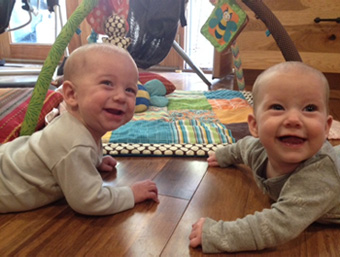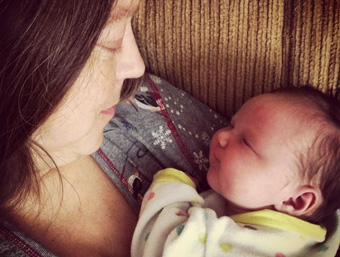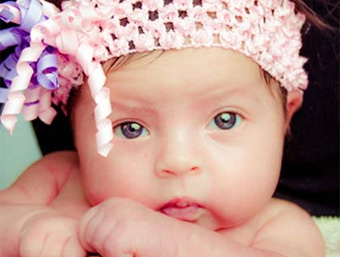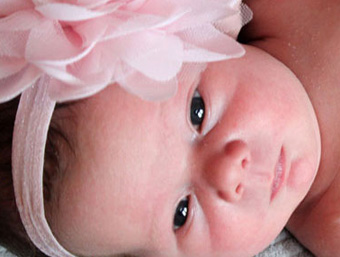 If a woman has had her tubes tied (tubal ligation) and wants to have more children, then she has three options:
If a woman has had her tubes tied (tubal ligation) and wants to have more children, then she has three options:
Adoption
In Vitro Fertilization (IVF)
Tubal Ligation Reversal
The blog article is part of a series of articles about tubal reversal after age 40. The first of this series is Tubal Ligation Reversal After the Age of 40| Introduction.
Adoption Statistics
Adoption is a viable option for any woman or couple wanting to have additional children. Each year approximately 150,000 children will be adopted in the United States. Approximately 50% of all adoptions are related adoptions, in which the children are related by some family connection to the adoptive parents. The other 50% of adoptions are adoptions of children where there is no genetic relationship to the adoptive parents.
The adoption process can be costly and is estimated to range from $5,000 to $35,000 dollars. The lower cost adoptions are generally public, state sponsored, adoptions of older children or children with special needs. The more expensive adoptions generally involve newborn or infants adoptions, international adoptions, or adoptions handled by private agencies.
The process can be involved and the time it takes to adopt a child ranges from 6-30 months. Adoption wait time is dependent on many different factors.
Adoption and Potential Problems
Adoption has its own set of unique risks. The adoptive process can be subject to both disruption and dissolution.
Disruption
Disruption is when a planned adoption never occurs. Most adoptions do not disrupt and it is estimated 80% of planned adoptions are completed. Most disrupted adoptions involve older children or children with special needs. Disruptions can also occur if the birth parent changes their mind prior to adoption finalization.
Dissolution
Dissolution is when an adoption occurs but fails after finalization. This is also sometimes called “adoptive divorce” and has been the subject of recent media attention. Dissolution can occur when the adoptive child, parents, or the family turn out not to be compatible. Adoption dissolutions tend to involve older children.
State laws
Adoptions laws vary by state. These laws can sometimes cause unexpected issues. For example, some state laws prohibit or limit adoption if the adoptive parent is single, significantly older, gay, or racially different than the adoptive child.
Benefits
The main benefit of adoption is that the outcome (obtaining a child) is generally predictable. Additionally, some couples have the satisfaction of helping a child without a home, birth parents who are in distress, or the community in general.
Adoption in Summary
Adoption is an alternative for a woman who has had a tubal ligation and wants to have another child. Similar to considering surgery to treat tubal blockage, adoption must be investigated thoroughly before being undertaken. Adoption can be expensive, lengthy, and the end result is not always guaranteed. Persons interested in adoption are encouraged to visit and investigate the many adoption websites and/or to talk with local adoption agencies.
The next three articles will provide an overview of tubal reversal surgery.
The next article in this series is Tubal Reversal After 40 – Benefits.
Comment By Dr. Monteith
At A Personal Choice we specialize in tubal surgery for blocked tubes and damaged fallopian tubes. As a result, we see a unique group of patients. The most common reason for women desiring tubal surgery is a new relationship and, as a result, many of our patients strongly desire a child genetically similar to themselves and their partner.
The majority of our patients are not considering adoption as their first alternative and are primarily deciding between tubal reversal surgery and IVF.
 A few of our patients have had experience with the adoption process and it has been informative to hear their stories. Some of them have been successful in adoption, while others share disappointing experiences. We have had patients tell us adoption was going to cost over $30,000 and they were not able to continue. Some have shared stories of investing large amounts of time, emotion, and money into the process only to have the birth mother change her mind after delivery of the birth infant.
A few of our patients have had experience with the adoption process and it has been informative to hear their stories. Some of them have been successful in adoption, while others share disappointing experiences. We have had patients tell us adoption was going to cost over $30,000 and they were not able to continue. Some have shared stories of investing large amounts of time, emotion, and money into the process only to have the birth mother change her mind after delivery of the birth infant.
These stories have impressed upon me the fact that adoption is not always an easy and quick fix answer to childlessness. The risks and benefits of adoption need to be carefully evaluated and considered before being undertaken. Couples considering adoption need to be fully aware of what they are getting into before they start the adoptive process.
Submitted by Dr. Charles Monteith









